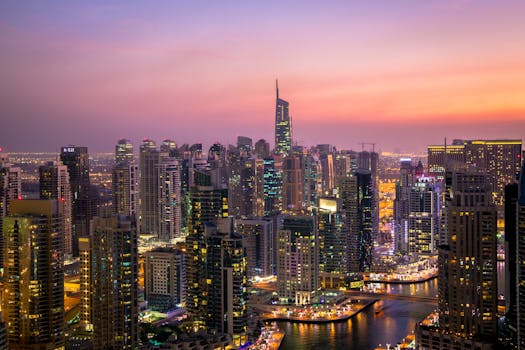
At the core of the dispute is the Uttar Pradesh government's move to take control of the Shri Bankey Bihari Ji Temple, one of the state’s most significant religious sites. The ordinance, enacted earlier this year, grants the government the power to create a trust to oversee temple affairs, including its finances and administration. Critics argue that the ordinance infringes upon the religious autonomy of the temple, which has traditionally been managed by its religious custodians.
The petitioners, including prominent religious leaders and devotees of the temple, argue that the state’s intervention in religious matters breaches the fundamental right to freedom of religion. The petitioners claim that religious institutions, particularly those with a large following, should be left to manage their own affairs without state interference.
On the other hand, the Uttar Pradesh government defends the ordinance, stating that it aims to improve the administration and transparency of temple funds, ensuring that the resources are used effectively for religious and charitable purposes. The government claims that the trust will help in the better management of the temple’s large income and assets, which, according to state officials, are not adequately accounted for under the current system.
In the Supreme Court hearing, Justices Surya Kant and Joymalya Bagchi noted that the matter involved complex legal questions about the intersection of religious autonomy and government regulation. The bench stressed that the affected parties, including the temple's management and devotees, should seek redressal before the Allahabad High Court, which is the appropriate forum for such cases.
Legal experts have indicated that this case could set a significant precedent for the role of state intervention in religious institutions. The court’s decision to stay the provisions of the ordinance, while not striking it down outright, signals a cautious approach to the matter, allowing for further scrutiny by the High Court before any final determination is made.
The Uttar Pradesh government had hoped to implement the ordinance quickly, especially in the wake of several administrative challenges faced by the temple in recent years. Critics, however, view the move as part of a broader trend of increasing state control over religious institutions in the state, particularly those that generate substantial income.
While the case unfolds in the lower courts, religious leaders and political groups in Uttar Pradesh continue to debate the merits of the ordinance. Supporters of the legislation argue that it is essential for the temple's long-term sustainability and financial health. Conversely, opponents warn that such interventions could lead to a slippery slope where religious institutions are increasingly subjected to governmental control, undermining the essence of religious freedom.
